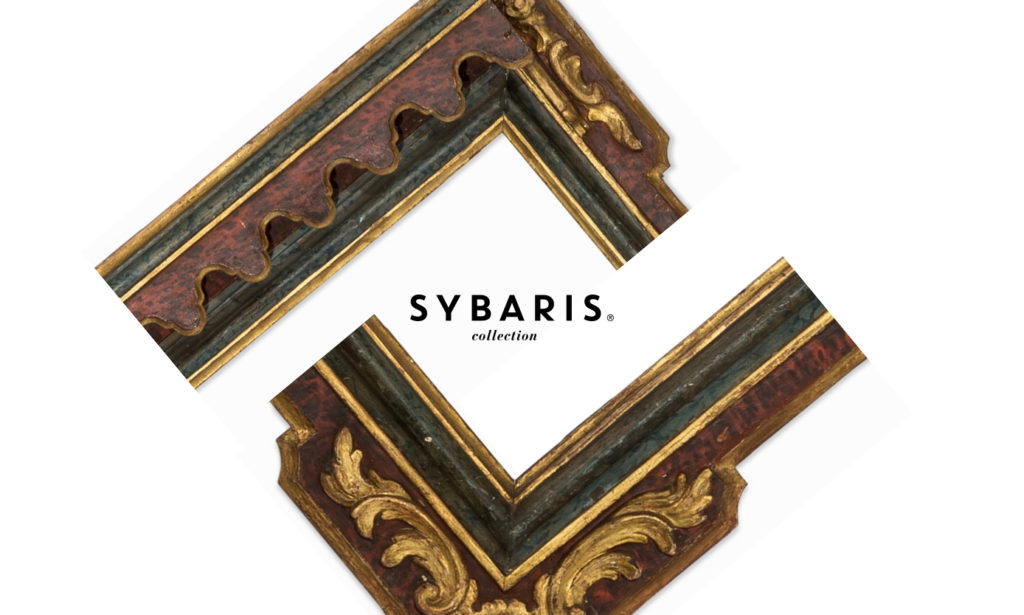What You Need to Know About Framing Your Fine Art
You may not be aware of this fact, but framing can “make or break” your fine artwork. The right frame can either complement, or distract the eye from, an otherwise breathtaking painting, drawing, or even photograph. So, when purchasing an exceptional work of art, the frame (or lack thereof) can make a difference in your enjoyment (and value) of your prized piece. There are several features to consider:
Frame Style=Art Style (But It Doesn’t Have To)
Think about the art itself when choosing a frame. Try not to choose a frame which competes with the art you have chosen—it should complement the work and not cause the viewer to continually look away from it. You may find that an ornate gold frame sets off a piece that would not normally be framed that way; there are not set rules about framing, so let your individual taste shine through!
Display Location
Is it being displayed in a more contemporary location, and you want to veer away from ornate gold frames? Sit down and make a list of the factors involved in the individual piece’s final display location and the feeling you want to express there. You may have a style in mind, but want the art to be an important part.
Salvaging Old Frames vs. Buying a New One
At times, the piece is already framed and well-suited to the art within it. However, what is the condition of the frame and does it add value to the piece itself? Has the artwork been preserved well in the frame or has the frame added to its deterioration? A professional framer can help you to determine if that beautiful frame can simply be upgraded while maintaining its beauty and original look.
To Frame or Not to Frame?
That is a question asked more often than you think. With gallery wrapped paintings (where the canvas is wrapped around the frame, secured to the back, and artist’s work appearing around the edges), it may not be necessary. It is possible that the art was created and meant to be displayed without a frame, and this is seen more often with contemporary artwork. Others, such as those on board or a panel, are meant to be framed.
What if the frame itself is a piece of art? Collectors have been known to buy a piece of art just for the frame; European baroque and Gilded Age frames are highly sought after as collectible art, commanding high prices themselves.
Glass
Whether putting your piece into a new frame or using an existing one, you want to protect your artwork from the elements found in your display location. Several factors come into consideration with this:
- UV filter. Understand that exposure to light degrades art, and you must protect it. There are various levels of UV protection offered, so choose the one most appropriate for your work and sun exposure it will receive while displayed.
- If your art will receive direct light at any time, you will need to consider the level of glare you will see, affecting your view (and enjoyment).
- Especially when framing and choosing glass for a large piece of work, the glass weight can add a lot. You will appreciate that you thought about this when your art must be moved and transported.
- As to be expected, the higher the quality of glass, the higher the price. Weigh the value of the art, the framing and glass cost, and your budget.
Paper Works
Photographs, drawings, and watercolors require an additional step in the framing process. These pieces must first be mounted on a support, and conservation mounting is highly suggested. This allows for the work to be removed from the frame at any time without damaging it. Further, matting is commonly used to enhance artwork and further protect it from the elements. To extend the art’s lifespan, matting and glass must be acid-free, as acid in materials will degrade the artwork over time.
Frame Cost
This could truly be considered subjective, as individual taste can vary dramatically. However, when considering art as an investment, it is important to balance the value of the art with that of the frame. As the artwork’s price increases, so can the cost of the frame (and be rationalized). However, unless the frame itself is a valued piece of art, one would not want to spend more than 20% of the art’s value on the frame. This is another instance where professional advice, from your art advisor or framer, is valuable. Framing is not just an expense; it is part of the investment in your art.
Nontraditional Framing
For collections of smaller items, or handwritten or inked projects, you may be looking for something unique. Float mounting is a process which protects the art from being damaged on the back by traditional mounting (reducing adhesive use). Think outside the box to showcase unique pieces.
So Many Things to Consider
As you can see, there is much more to preparing your artwork than simply hanging it on the wall. To protect your investment for years to come maintaining its integrity and value, take the process of framing seriously. With the help of framing experts, you can protect and enhance your fine art, protecting your investment and providing you with years of enjoyment. Sybaris Collection offers free art advisory service to help you through this process, including professional assistance from choosing your artwork, framing decisions, and even where to display it. Let us guide you through your journey in collecting beautiful and unique pieces!




